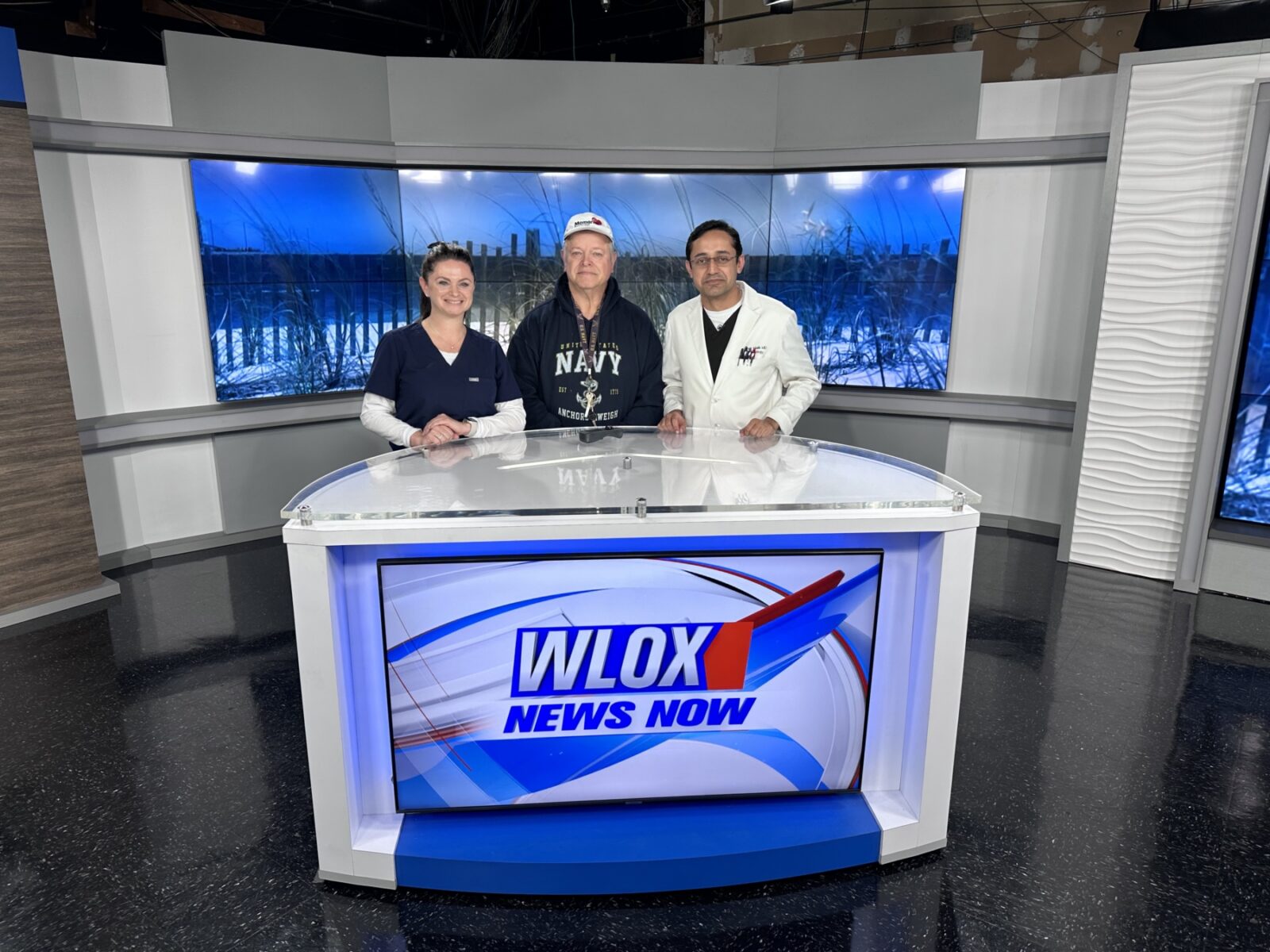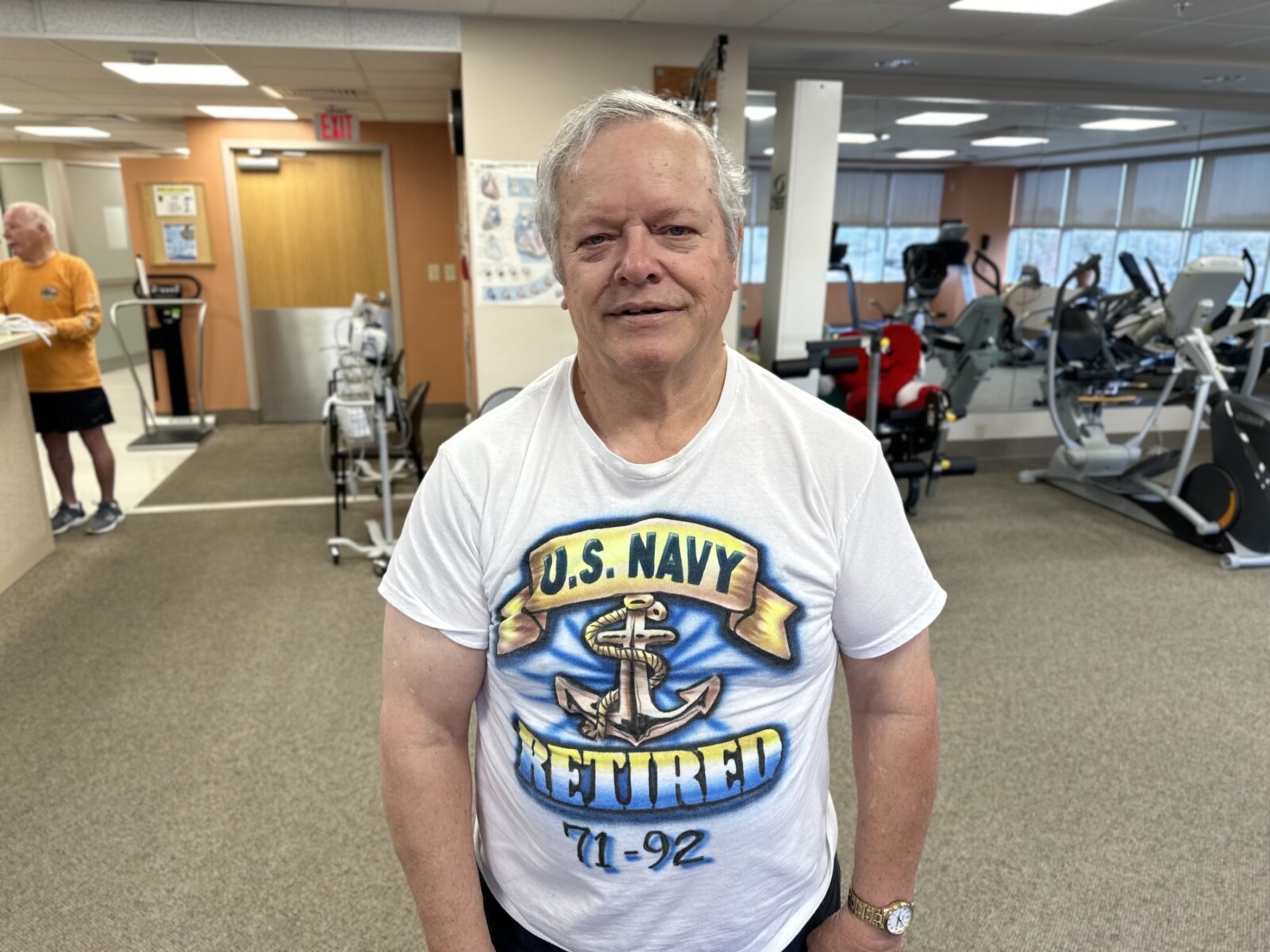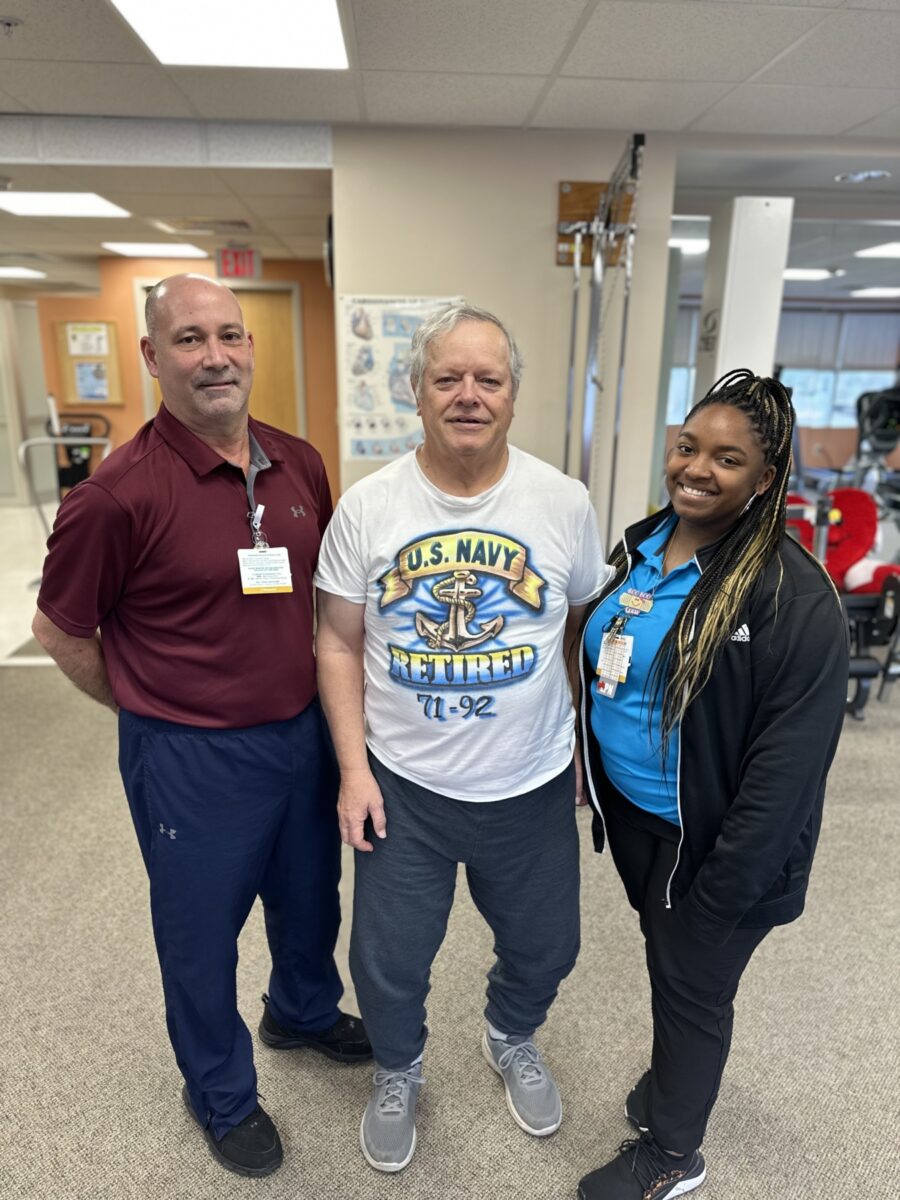A Heart Healed: First TAVR Patient at Memorial
Olan Dunn is a Navy veteran, a decades-long retiree of Ingalls Shipbuilding, a devoted grandfather, and the first patient at Memorial to receive a Transcatheter Valve Replacement (TAVR). This procedure is recommended for patients suffering from severe aortic stenosis, or the narrowing of the heart’s aortic valve.
Seeing stars
Symptoms of aortic stenosis include heart murmurs, chest pain, tiredness, shortness of breath, and heart palpitations. Dunn was “seeing stars” when he was experiencing the most severe symptoms and was diagnosed with a heart murmur. It wasn’t until April 2023 that he started to worry. He reflects, “I got up one morning and knew something was wrong. My daughter called the paramedics. Had I been 5 minutes later arriving at the hospital, I wouldn’t be here.”
From there, Dunn was referred to Memorial Cardiologist Dr. Umair Malik. Dr. Malik sat down with Dunn to review the options that were available to him, including TAVR. He shares, “Dr. Malik used heart models and explained everything, showing me where they were going to put the stent and what was going to come next.”
Close to home
“I strongly believe that this is a service that our patients direly need. I have seen patients, who can’t walk from the parking lot to the exam room, traveling for several appointments to different locations over an hour away, only to get a procedure that we should be able to offer. After working for three years to get the program off the ground, I felt like we were able to address a major unmet need of our community,” says Dr. Malik.
Dunn was “a little apprehensive” about the procedure, especially being the first at Memorial, but as he was waiting to go into the surgery, he saw a familiar face – his at-home nurse. He realized once he got into the operating room that the Memorial cardiology team was there to observe the procedure, making him feel like a bit of a celebrity!
One thing Dunn is most grateful for is not having to travel elsewhere to get the care he needs and being able to continue his treatment plan, including cardiac rehabilitation. He’s also grateful for his care team, including Dr. Malik, Cardiothoracic Surgeon Dr. Walter Surowiec, Structural Heart Program Coordinator Misti Freeman, and the Cardiac Rehabilitation team.
On what he wishes more people knew about this life-saving procedure, Dr. Malik shares, “If the valve is not replaced (either through surgery or TAVR), the disease is invariably fatal – in fact has mortality worse than several malignant cancers.” He continues, “TAVR offers long-term outcomes that are just as good as surgery but bypasses the need for open heart surgery. It does not require the patient to get their chest cracked open, does not require prolonged hospitalization, ICU stay or protracted recovery. Most patients go home the next day and return to normal activities within a week.”

Staying active
As part of his recovery and treatment plan, Dunn attends cardiac rehabilitation several times a week. “I can’t run the 100-yard dash like I used to,” he laughs when asked how he’s feeling a few months after his surgery. “But I am ready to teach my grandkids how to swim.”
As of mid-December, he’s down more than 60 pounds, his cholesterol and high blood pressure are under control, and he’s feeling “lucky and wonderful”.
To learn more about this procedure, click the button below.



